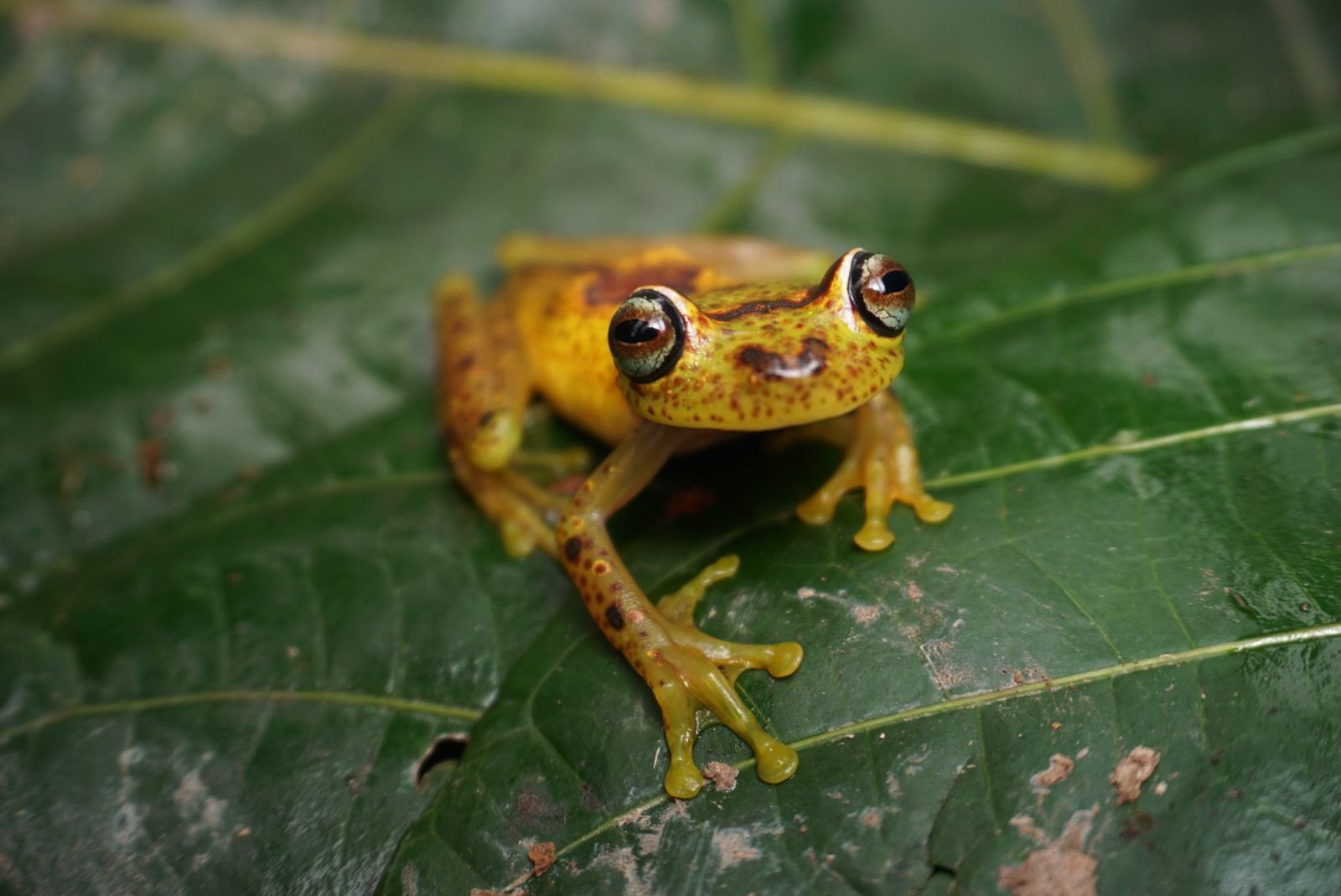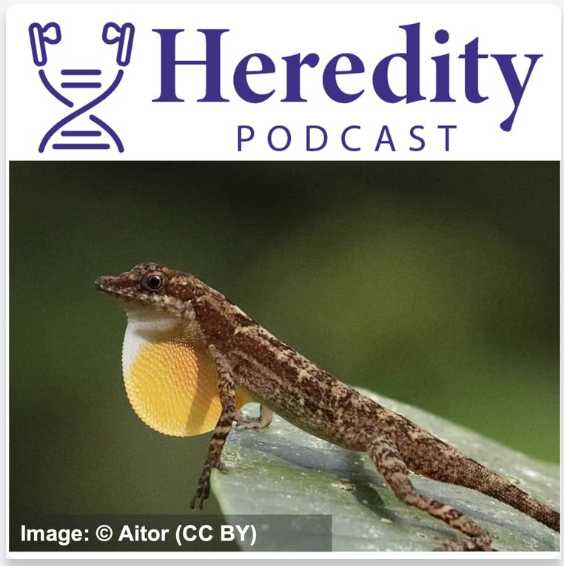
Neotropical Biodiversity
Exploring evolutionary processes that have shaped amphibians and reptiles’ biodiversity.
DR. RENATA M. PIRANI
About me
I am a herpetologist and evolutionary biologist, born and raised in Belo Horizonte, Brazil. I earned my undergraduate degree in Biology from Centro Universitário Una and hold a master’s degree in Animal Biology with a focus on Herpetology from Universidade Federal de Viçosa. I completed my Ph.D. in Genetics, Conservation, and Evolutionary Biology at the Instituto Nacional de Pesquisas da Amazônia (INPA) in Brazil, where I worked in Dr. Fernanda P. Werneck's lab. I am a former Chancellor’s Postdoctoral Fellow in the Department of Ecology and Evolutionary Biology at the University of California, Los Angeles (UCLA). Currently, I am a Postdoctoral Researcher at VALE Institute of Technology (ITV), PA, Brazil (remote). I am also a member of the consortium Genomics of the Brazilian Biodiversity (GBB). In addition to my research, I am deeply committed to becoming an inspiring role model for women in science. I am also a passionate nature enthusiast and outdoor sports lover.
MY RESEARCH
Anphibians & reptiles biodiversity
My research investigates Neotropical biodiversity at the interspecific, intraspecific, and population levels, aiming to test hypotheses that explain current diversity patterns in this biodiversity hotspot and assess how these dynamics might shape its future. My research program integrates methods from field biology, biogeography, population genetics, genomics, species delimitation, phylogenetics, evolutionary biology, computational biology, and museum science. Recently, I have enhanced my genomic skills by assembling and annotating a high-quality reference genome to study the adaptation processes of Anolis apletophallus in the island systems of Panama.
Fieldwork
Explore firsthand records from my collaborators and me across diverse fieldwork expeditions! Each album reveals the landscapes, challenges, and breakthroughs that bring our research to life, deepening our understanding of amphibians and reptiles.







Diversity, Equity & Inclusion
Publications
-

Integrating Genomic Tools to Predict Climate Adaptation and Vulnerability across a Latitudinal Gradient in a Brazilian Atlantic Forest Treefrog (Dendropsophus elegans)
Pirani RM, Azevedo JAR, Thomaz AT, Carnaval AC, Werneck FP, Alfaro ME. Heredity (Submitted), https://www.researchsquare.com/article/rs-7706720/v1 (preprint)
-

Anthropocene Imperilment of Ancient Diversity and Evolutionary Potential in Terrestrial Vertebrates
Pyron, R., Moura, M., Bowie, R., Freire de Brito, S., Ceron, K., Colston, T., Esselstyn, J., Magalhães Guedes, J. J., Guralnick, R., Valentim, H., Mooers, A., de Toledo Moroti, M., Paiva e Paiva, M. F., Pennell, M., Pirani, RM., Sales Souza, J. A., Riva Tonini, J. F., Upham, N., de Oliveira Xavier, J. P., & Jetz, W. (submitted) Nature, https://www.researchsquare.com/article/rs-7556378/v1 (preprint)
-

The relative influence of biological traits and environmental variables on amphibian diversification rates change at different biogeographic scales
PIRANI, R.M., DOMINGOS, F.M.C.B., CHANG J., WERNECK F.P., MOURA, M.M., ALFARO, M.E. npj Biodiversity. (Submitted)














